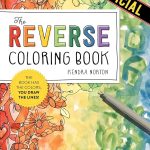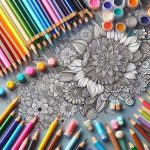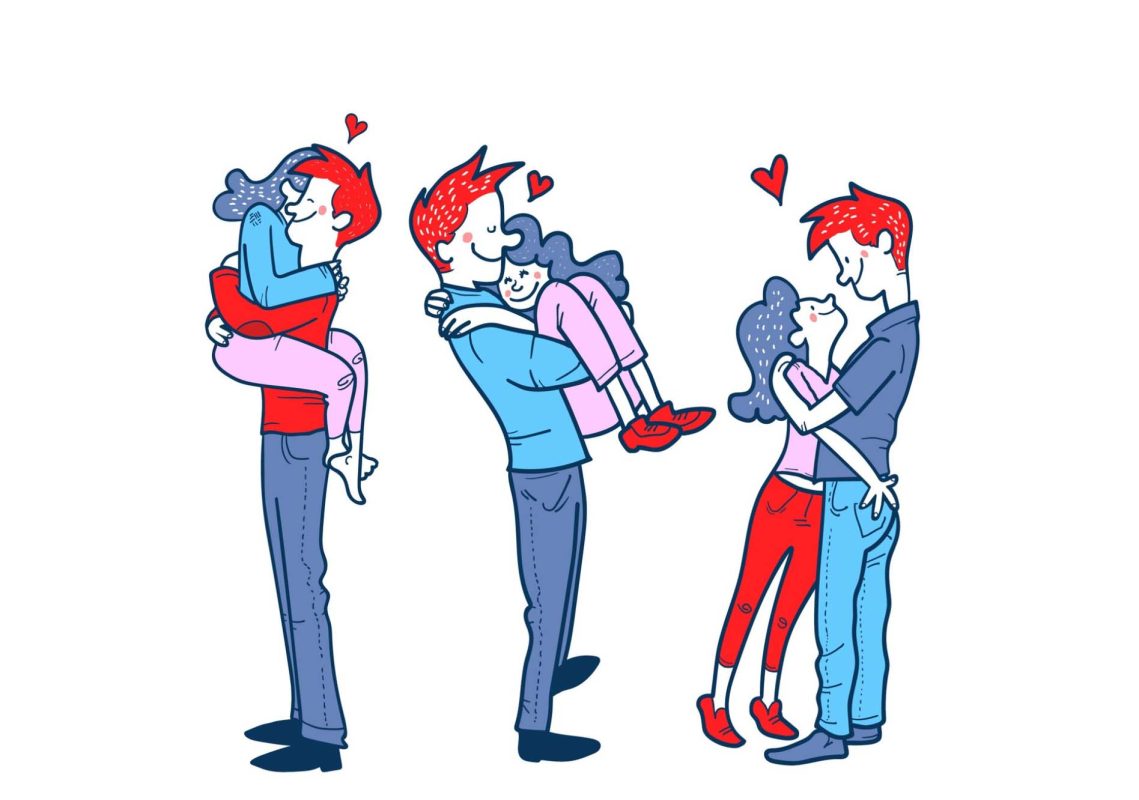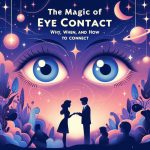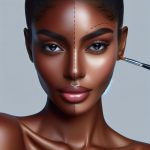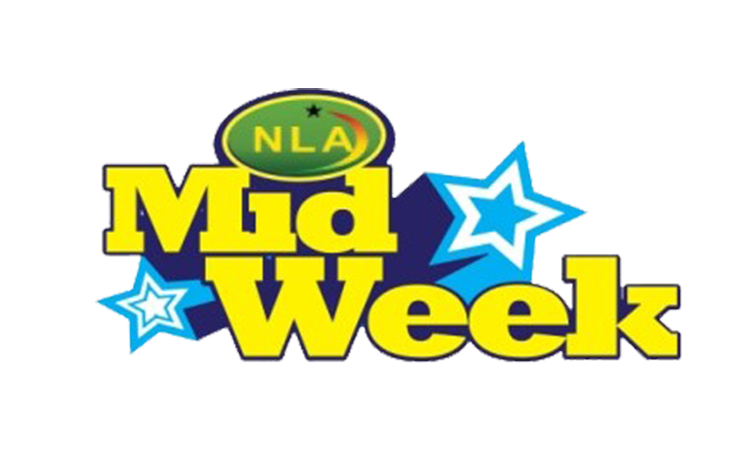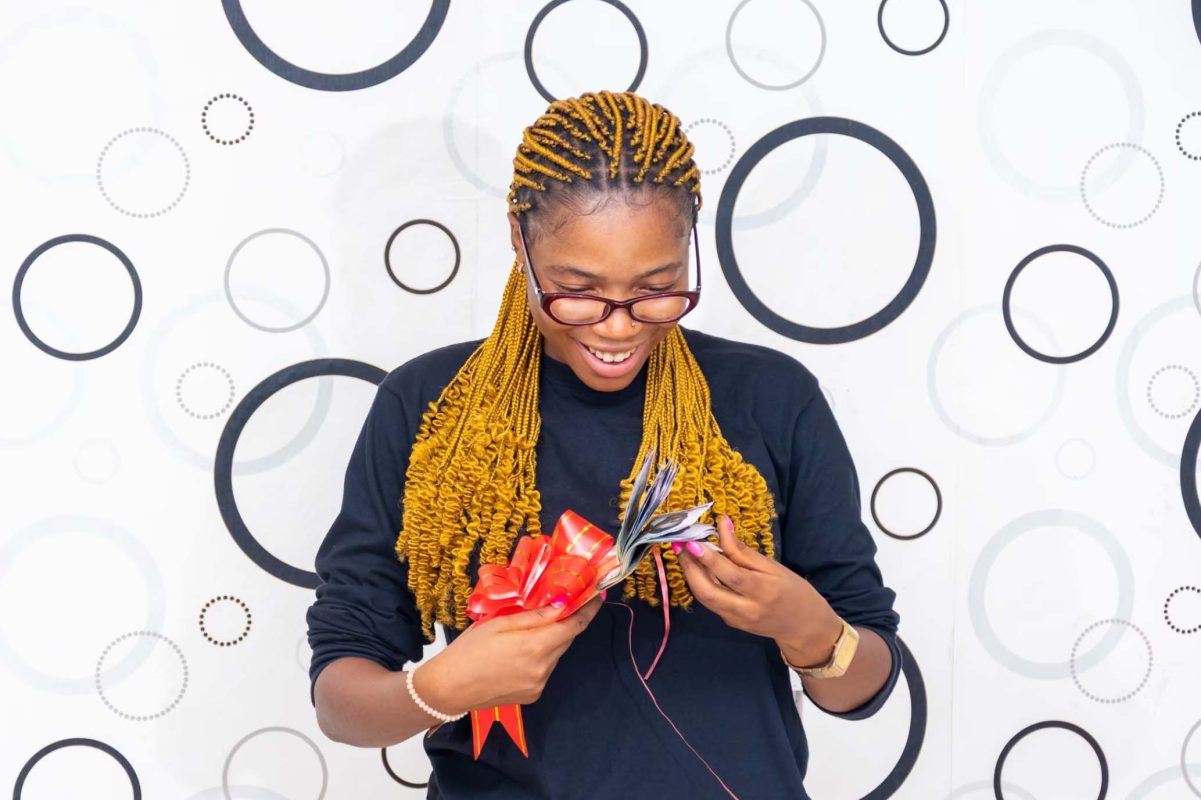Comprehensive Guide to Adult Coloring Book Techniques
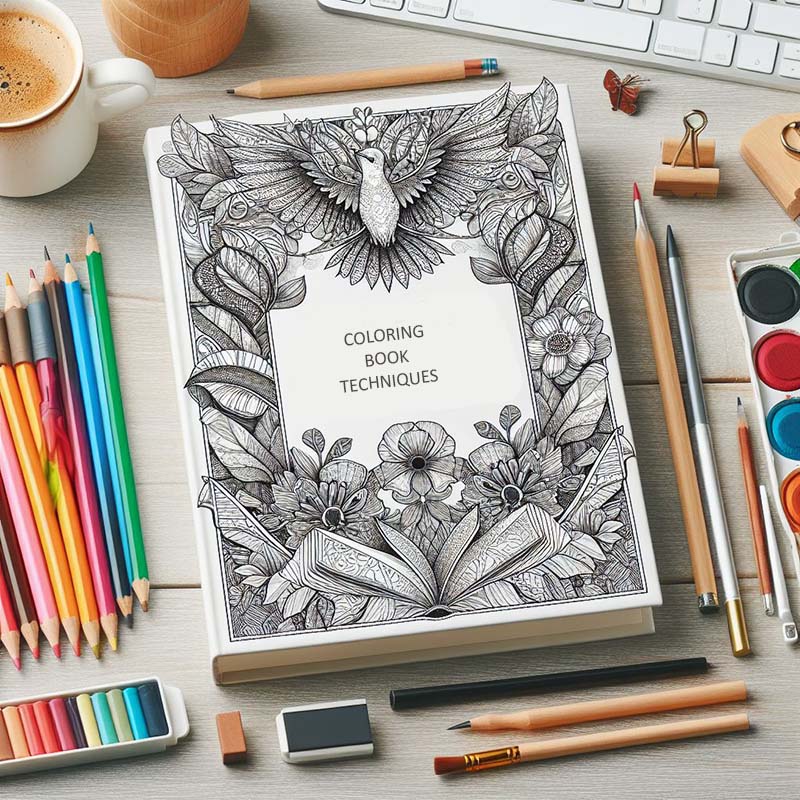
Coloring books aren’t just for kids anymore. With the rise of adult coloring books, people of all ages have discovered the joy and relaxation that comes from adding color to intricate designs and beautiful illustrations. However, coloring isn’t just about filling in the lines—it’s an art form that allows you to express yourself and unleash your creativity. In this comprehensive adult coloring book techniques guide, we’ll explore a variety of book coloring techniques to help you take your coloring skills to the next level.
Understanding the Basics:
Before diving into advanced coloring techniques, it’s important to understand the basics. Here are some fundamental tips to keep in mind:
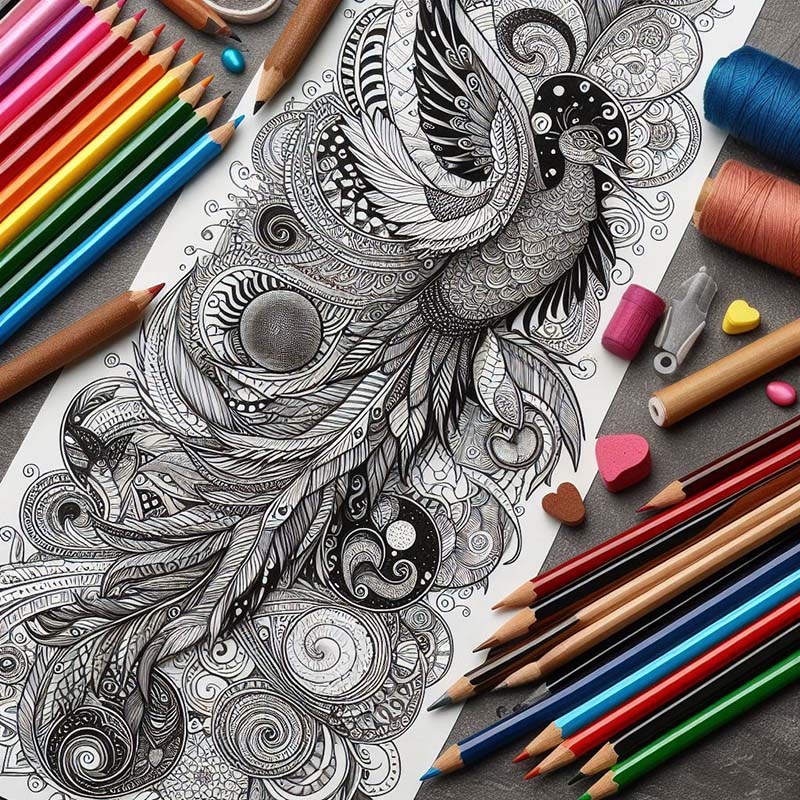
- Choose the Right Tools: Start by selecting high-quality coloring materials, including colored pencils, markers, or gel pens. Experiment with different brands and types to find what works best for you.
- Prep Your Workspace: Create a comfortable and well-lit environment for coloring. Make sure your coloring surface is smooth and flat to prevent uneven coloring.
- Coloring Techniques: Practice basic coloring techniques such as shading, blending, and layering to achieve depth and dimension in your artwork.
- Color Theory: Familiarize yourself with color theory principles such as complementary colors, analogous colors, and color temperature to create harmonious color combinations.
Advanced Coloring Techniques:
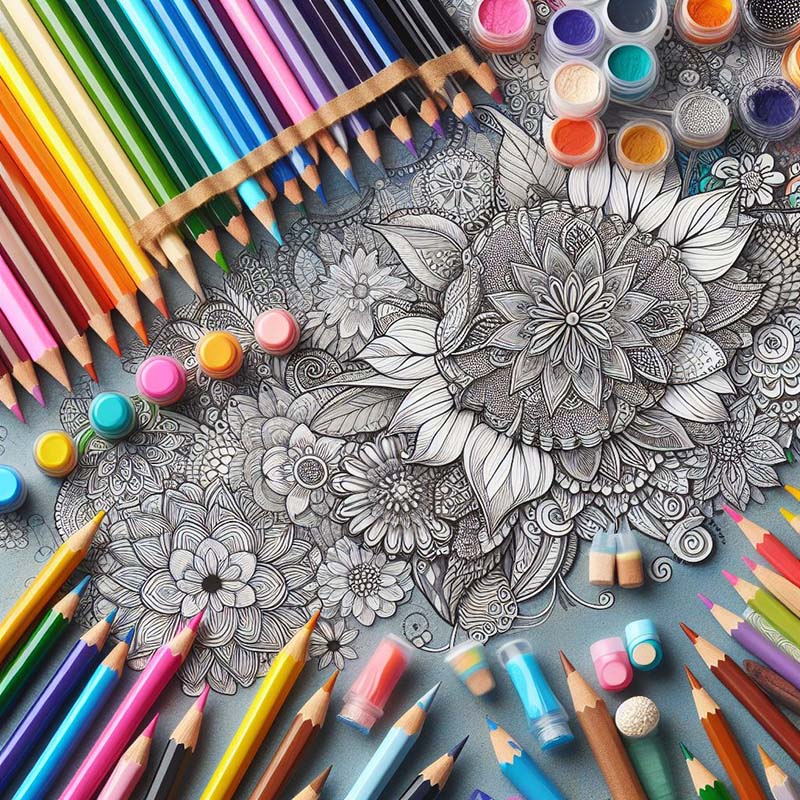
Once you’ve mastered the basics, it’s time to explore more advanced coloring techniques to add depth and complexity to your artwork. Here are some techniques to try:
- Gradient Blending: Create smooth transitions between colors by blending them gradually from light to dark or vice versa. Use a light touch and overlapping strokes to achieve seamless blends.
- Texture Effects: Experiment with different textures and patterns to add visual interest to your coloring pages. Try techniques such as stippling, cross-hatching, or scumbling to create texture and dimension.
- Highlighting and Shadowing: Use lighter and darker shades of the same color to add highlights and shadows to your artwork. Pay attention to light sources and cast shadows to create a sense of depth and realism.
- Mixed Media: Combine coloring techniques with other art mediums such as watercolors, pastels, or ink to create mixed media effects. Experiment with different combinations to create unique and interesting artwork.
- Backgrounds and Borders: Don’t forget about the background! Experiment with different background colors and patterns to enhance your coloring pages. Add borders or frames to complete the look and give your artwork a polished finish.
Tips for Success:
Here are some additional tips to help you get the most out of your coloring experience:
- Practice Regularly: Like any skill, coloring takes practice. Set aside time each day to color and experiment with different techniques.
- Study Other Artists: Look for inspiration in coloring books, online tutorials, and art galleries. Study the work of other artists and try to replicate their techniques in your own artwork.
- Experiment and Have Fun: Don’t be afraid to experiment with new techniques and ideas. Coloring is all about self-expression and creativity, so let your imagination run wild and have fun with it!
Innovative Coloring Techniques
Now that you have your essentials in hand, it’s time to explore innovative coloring techniques to bring your artwork to life:
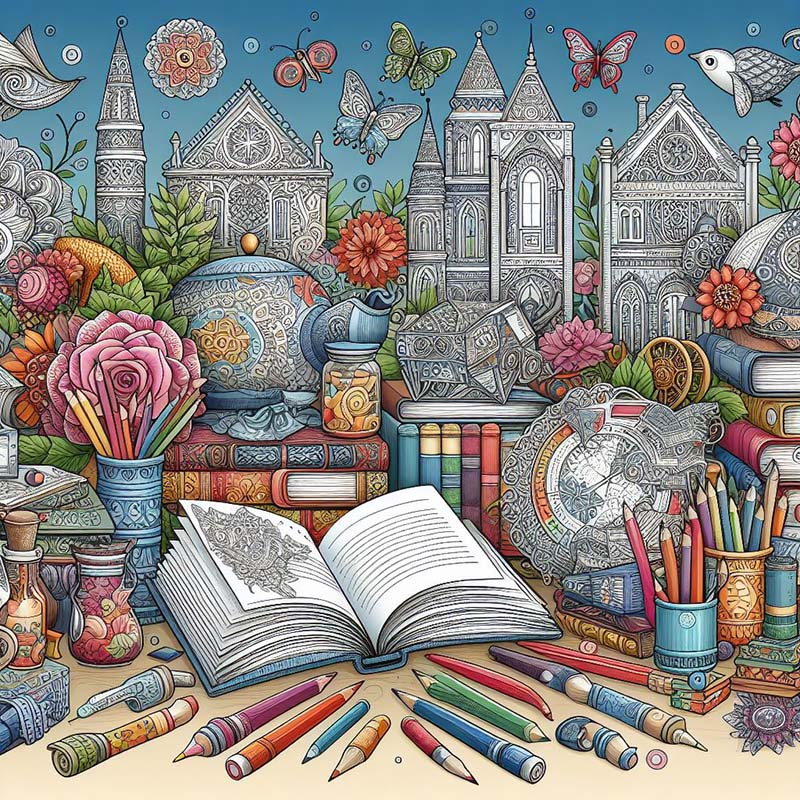
- Blend Colors: Experiment with blending different colors together to create unique shades and gradients. Use lighter colors as a base and layer darker colors on top for depth and dimension.
- Create Highlights: Use white colored pencils to add highlights and accents to your artwork. Lightly add strokes of white over areas you want to highlight, such as petals, leaves, or other elements.
- Texture: Add texture to your coloring pages by varying your line weight and creating intricate patterns. Experiment with cross-hatching, stippling, or other techniques to add depth and interest to your artwork.
- Shading: Master the art of shading by using darker and lighter colors to create depth and dimension in your drawings. Start with a base color and gradually layer darker and lighter shades to build up depth and volume.
Coloring books offer a world of creative possibilities, and mastering different coloring techniques can help you bring your artwork to life. Whether you’re a beginner or an experienced colorist, there’s always something new to learn and explore. So grab your coloring supplies, unleash your creativity, and let the colors flow as you embark on your coloring journey!


